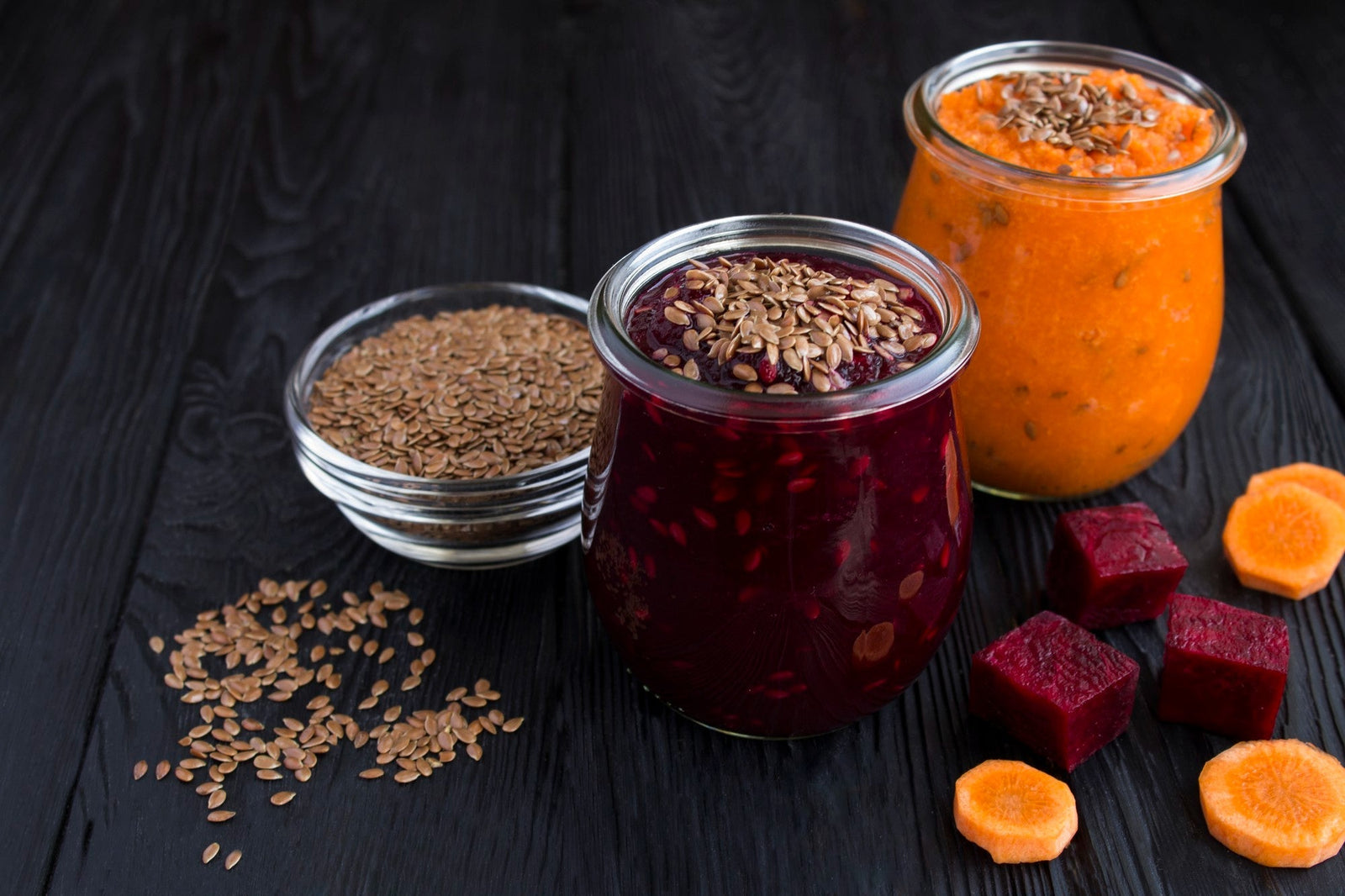
April 05, 2022 2 min read
Mint (Mentha) is a type of herb in the Lamiaceae family. There are many different subspecies of mint, including peppermint, spearmint, chocolate mint, wild mint, etc. This herb grows in practically all conditions and spreads like a weed when not planted in a contained area. Cut off a stem of mint and place it in a jar of water for a few days and wait for the roots to grow to propagate your mint plant. Mint has a calming effect on both the mind and body. It helps calm an anxious mind and relaxes the body. It is also a good supplement for digestion and helps relieve bloating.

Cooking
Mint herbal tea is an invigorating drink that is calming but also clears the mind to focus. Mint tea can be made by using fresh or dried mint, depending on your preference. Using dried herbs often creates a stronger taste than using fresh herbs. Add mint to your salads, pesto, and even to water for a refreshing kick.
Storing
For fresh mint, we recommend keeping a mint plant ready for when you want to use it. This is the best option to have fresh mint on hand. Mint is a very invasive plant, best grown in separate pots from your other herbs. Cut mint will last in the refrigerator for a few days, but not much longer. Dried mint doesn't require any special storage, as long as it is kept in an airtight container in a cool, dry place.
❤ Try our USDA certified organic products ❤
Thanks for reading this Be Still Farms Blog article. To sign up for more news/articles and/or recipes, click here. For more about us, click here. To shop our certified organic products, click here.
Please comment and share and we look forward to serving you in the future!
Comments will be approved before showing up.

January 27, 2025 3 min read
Flaxseed, the tiny yet powerful superfood, is packed with nutrients that can support weight loss. From curbing hunger to stabilizing blood sugar, this guide dives into the science of how flaxseed can help you shed those extra pounds.

December 11, 2024 3 min read
Discover three quick and easy soup recipes featuring organic small red beans. From a classic vegetable soup to a creamy potato blend, these wholesome recipes are perfect for chilly days and busy weeknights. Packed with flavor and nutrition, these soups will warm your heart and soul this winter!

December 06, 2024 3 min read
This vibrant and nutritious Green Lentil Salad combines tender lentils with grilled chicken, fresh vegetables, and a zesty lemon dressing. Packed with protein, fiber, and essential vitamins, it’s the perfect healthy meal for any time of day.
© 2025 Be Still Farms- Real, Fine Organics.
Privacy | Terms | Refund Policy | Organic Certification
